Feast your eyes on a splash of crimson as we embark on a journey to discover the 11 mesmerizing types of red birds in Georgia.
From the striking Scarlet Tanager to the charming Summer Tanager, these vibrant feathered friends are sure to leave you in awe.
So grab your binoculars and let’s get ready for a colorful avian adventure in the Peach State!
In this article, I have listed 11 Types of Red Birds in Georgia.
| Image | Name |
|---|---|
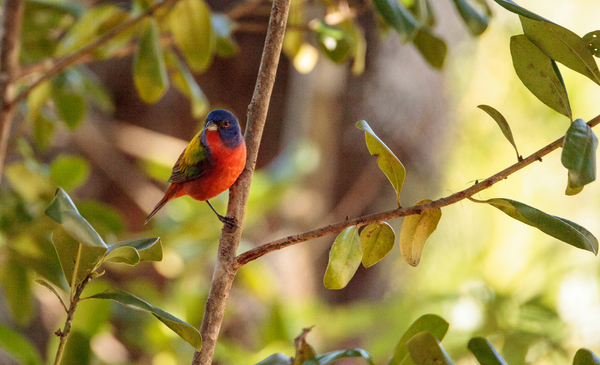 | Painted Bunting |
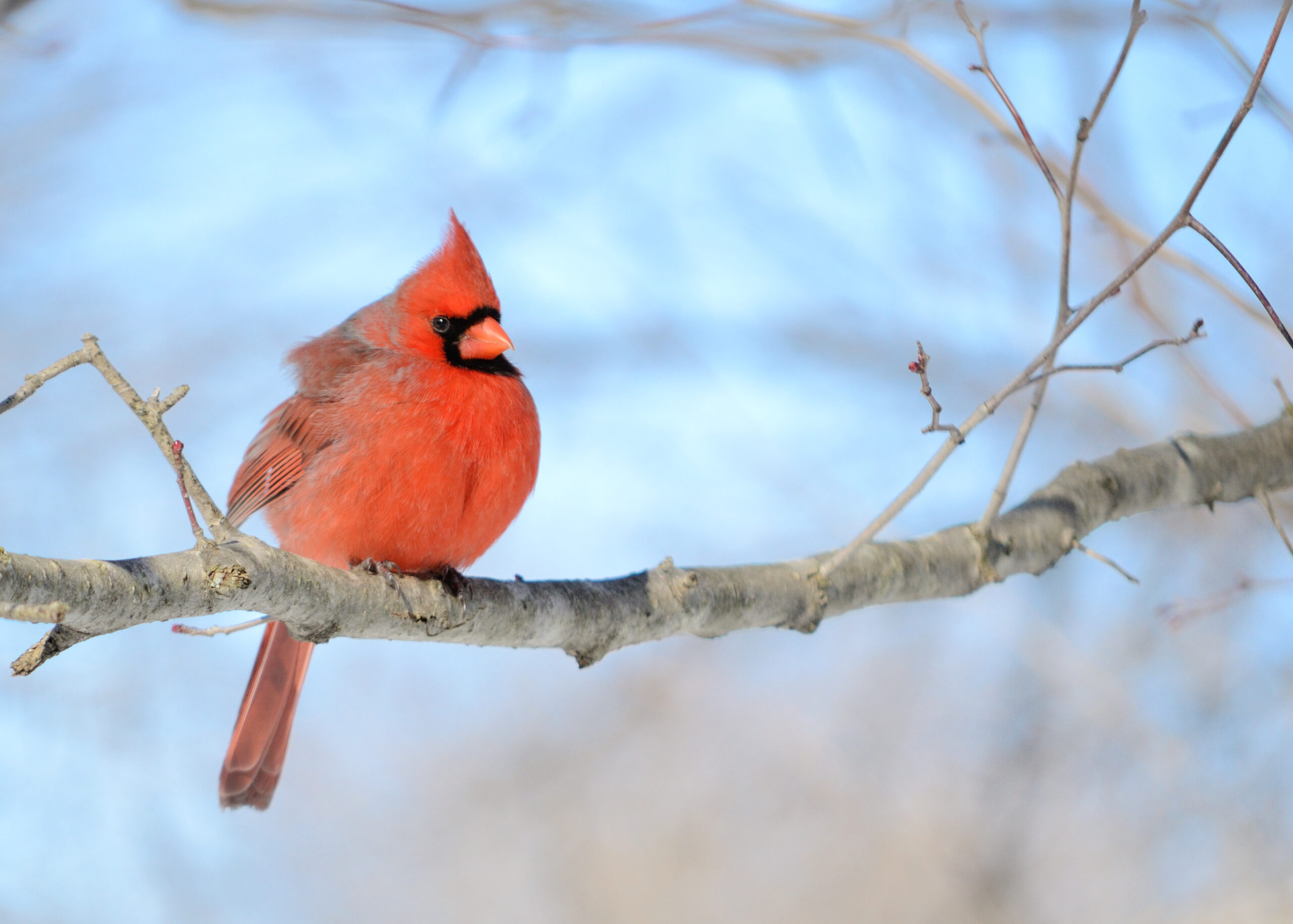 | Northern Cardinal |
 | Scarlet Tanager |
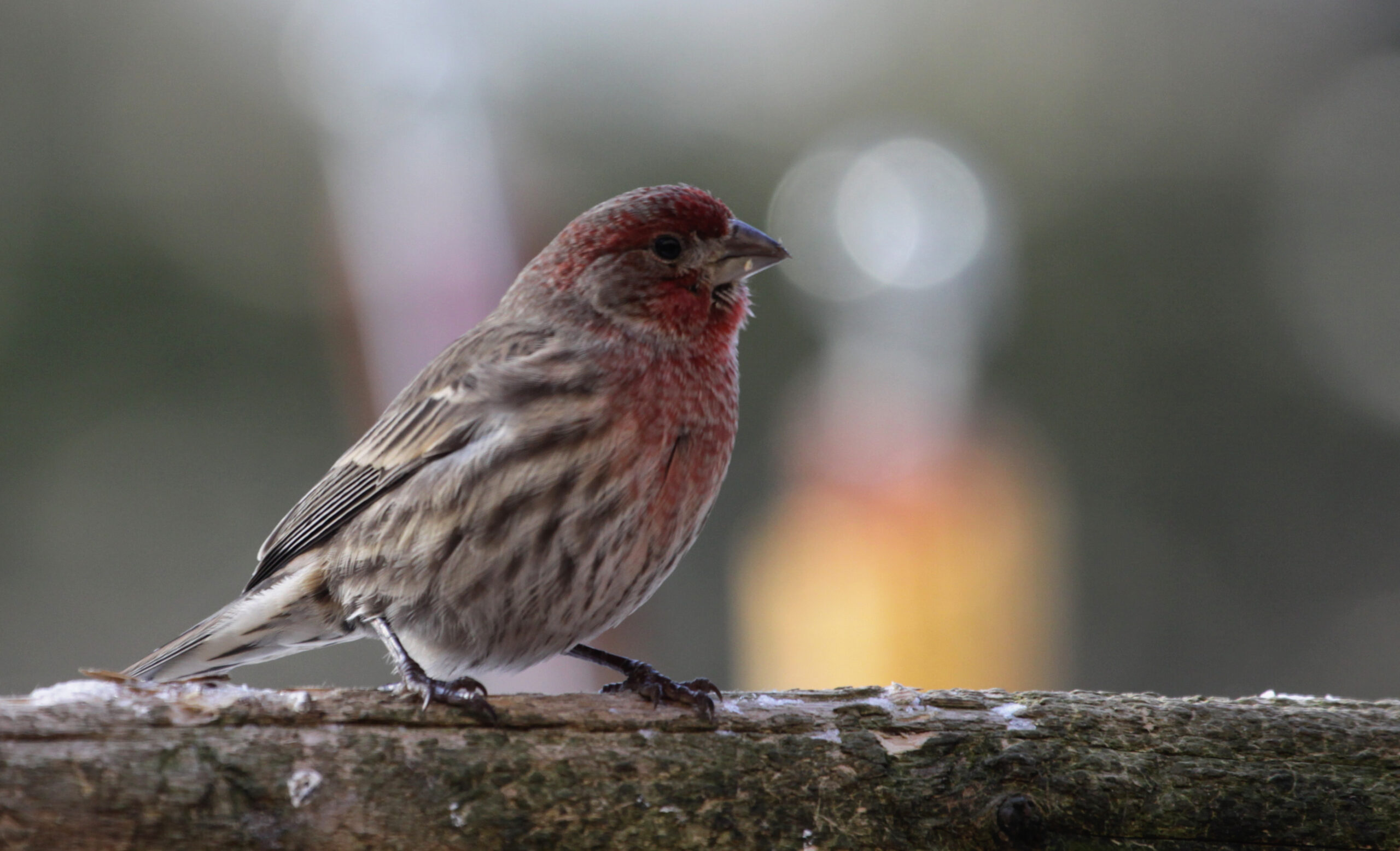 | House Finch |
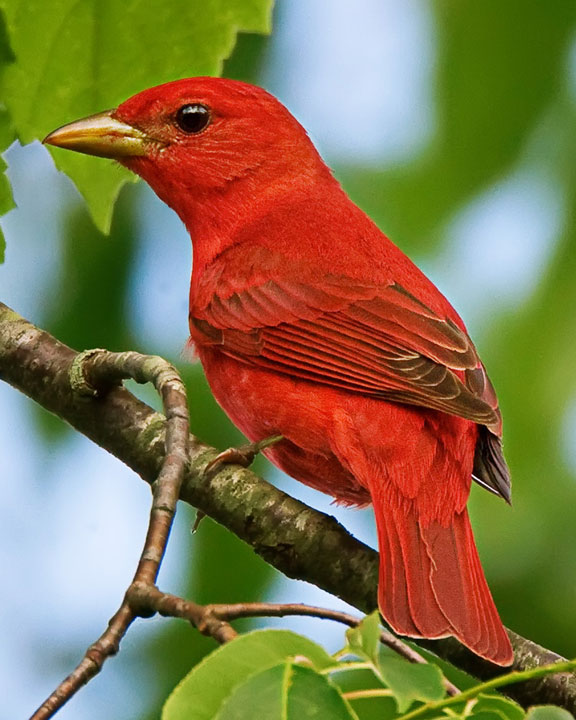 | Summer Tanager |
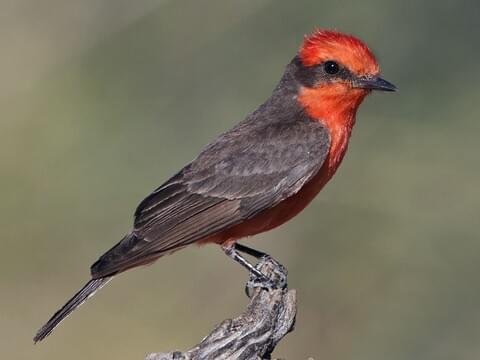 | Vermillion Flycatcher |
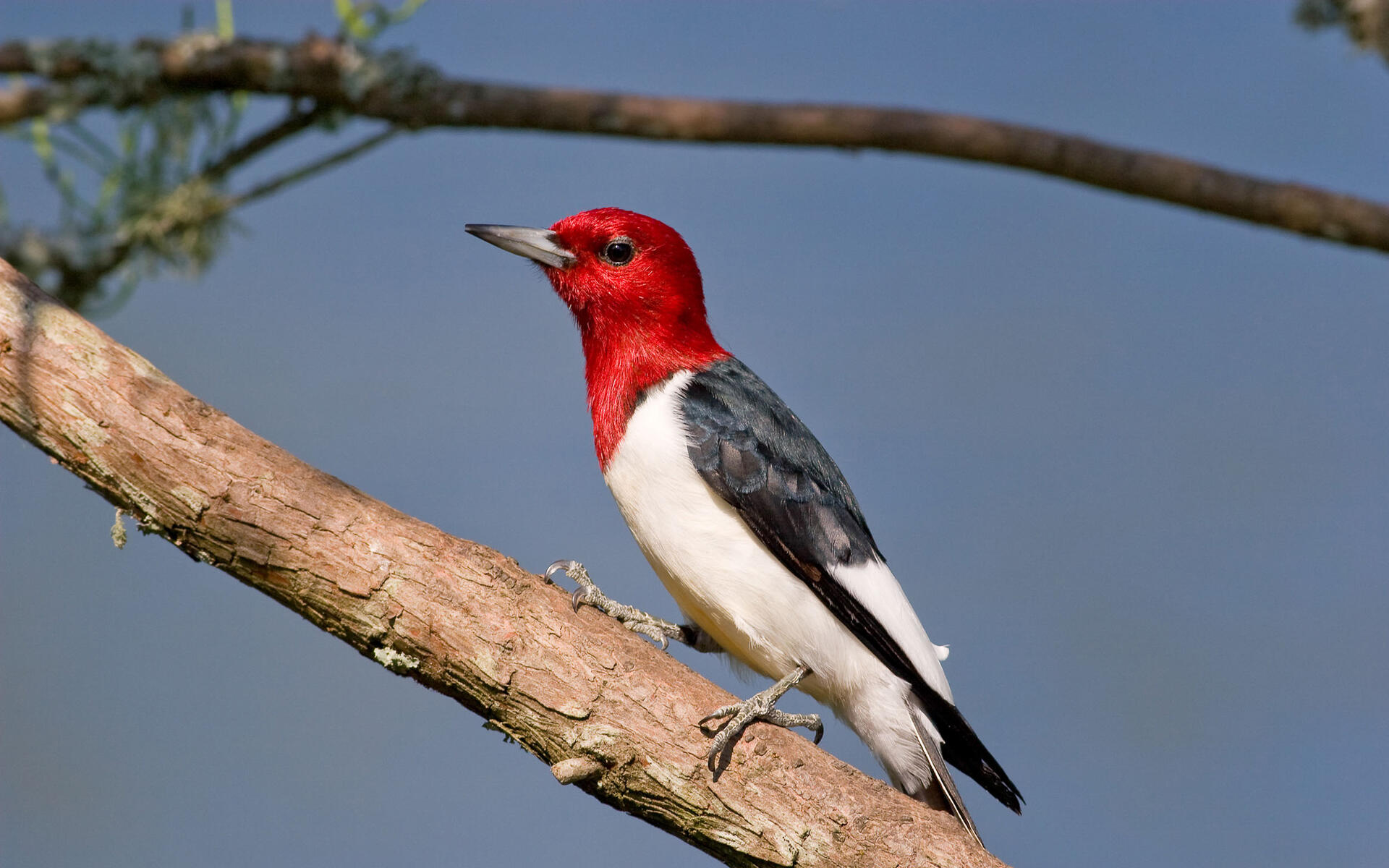 | Red-Headed Woodpecker |
 | Common Redpoll |
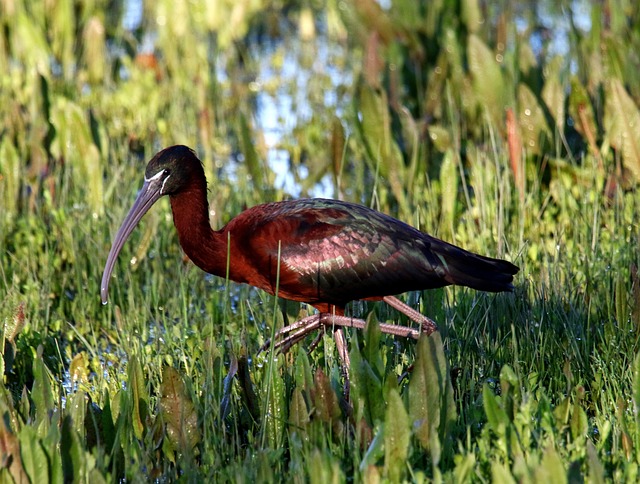 | Glossy Ibis |
 | Purple Finch |
 | Ruby-Throated Hummingbird |
Types of Red Birds in Georgia
1. Painted Bunting

The Painted Bunting is a year-round resident of the state of Georgia.
The areas closer to the ocean and the northeastern part of the state have a higher incidence of them.
Male Painted Buntings have a dazzling array of colors, including primarily red coloration below, brilliant blue heads, green backs and wings, and vivid green coloring on the backs of their wings.
The color of the females is a vivid yellowish-green.
Before making their nighttime journey to a few islands in the Caribbean, Central America, and southern Florida, painted buntings breed in a few states located in the center of the south and along with certain coastal regions in the southeast of the United States.
During the mating season, Painted Buntings may be found in environments that are largely semi-open, where they feed mostly on seeds, but they also consume insects.
Try sprinkling your yard with low, thick foliage and hanging feeders loaded with seeds like black oil sunflower seeds or white millet to entice painted buntings to make a home in your garden.
2. Northern Cardinal

Because Georgia is among the many states in which northern cardinals make their permanent home, it is possible to see these birds at any time of the year across the state of Georgia.
Northern cardinals may be identified by the plumage on top of their heads that resemble a mohawk, their red plumage, and beaks, and the black markings across their faces.
The females are similar to the males in that they possess traces of red over their beaks and bodies, but these aspects are less prominent, and the remainder of their feathers is a light brown hue.
If the sugar syrup or seeds in the feeders suit their sense of taste, these cardinals may be discovered in wetlands, gardens, gardens, shrublands, and forests.
Small insects, such as caterpillars, true bugs, snails, beetles, grasshoppers, ants, spiders, flies, and centipedes, make up the majority of their diet.
They also consume the occasional fly, spider, centipede, and snail.
In addition to the seeds of weeds and other types of small fruits, their diet also includes berries.
Although it is estimated that northern cardinals may survive in the wild for approximately fifteen years, the true number is most likely far lower.
3. Scarlet Tanager

During the time of year when they are nesting, scarlet tanagers may be seen in the northern part of the state.
On the other hand, red birds would be making their way south through the state during this time.
Scarlet tanagers are distinguished by the scarlet coloration of their feathers, black wings, and silvery-gray or triangular beaks.
The females’ feathers are greenish with black wings, which distinguishes them from their male counterparts, who have a different coloration altogether.
Tanagers like these are more likely to be encountered among deciduous forests, which are characterized by trees such as beech, maple, oak, and others.
They may also be found in coniferous woods that are dominated by hemlock or pine, although most of the time, they are found in mixed pine-oak forests.
When it comes to their diet, scarlet tanagers mostly consume insects, including wasps, moths, caterpillars, aphids, beetles, and bees, in addition to berries and other tiny fruits.
Although it is possible for scarlet tanagers to survive up to twelve years in the wild, the average lifetime of a scarlet tanager is probably to be far shorter.
4. House Finch
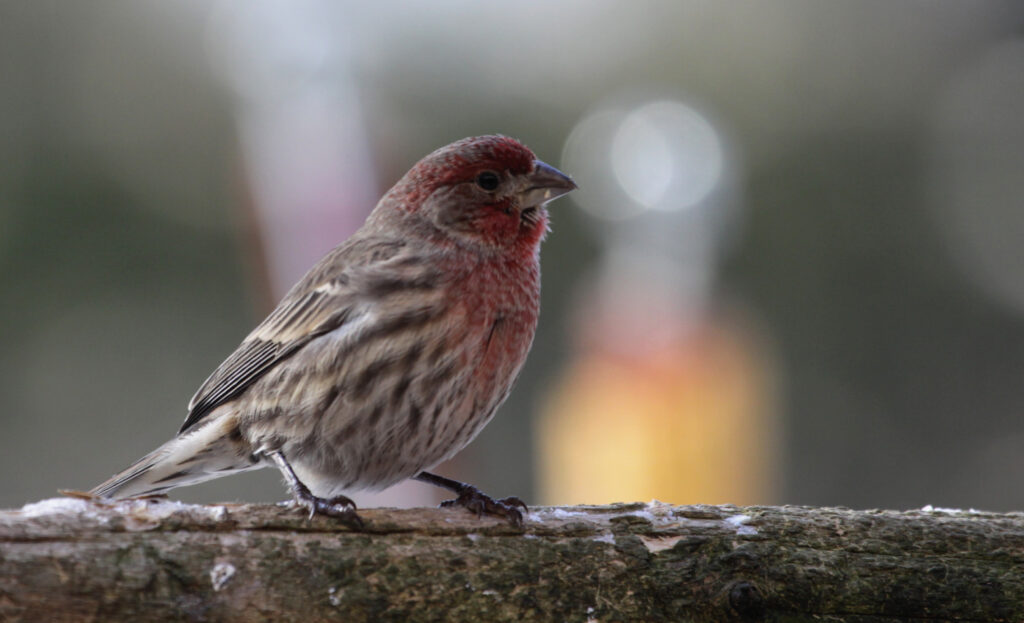
House finches are a common sight in the state of Georgia throughout the whole year.
It is possible to identify a House finch because of its red and brown feathers, which consist of a body that is primarily light brown and a head that is composed of a red gradient that has traces of brown in it.
In contrast, females are primarily brown in color, with some black markings visible on their wings and backs.
The range of environments that house finches call home is fairly extensive.
These habitats include oak savannah, grassland, arid desert, chaparral, open coniferous woods, and streamsides at altitudes below 6,000 feet.
House finches may be found in all of these places and more.
These little birds may sometimes visit a feeder that has been placed in the wild by a resident if the food offered there is something they find delicious, such as black sunflower seeds.
In addition to the seeds they eat, house finches also consume berries and fruits, as well as tiny insects such as aphids.
It is estimated that house finches will live for around decades in the wild, although captive finches have been reported to survive for more than twelve years.
5. Summer Tanager

When they’re in the process of breeding, summer tanagers may be seen across Georgia.
In most cases, this will take place during the warm summer months.
Male summer tanagers are easily identifiable by their almost completely red plumage and their beaks, which are grey or silver in color.
On the other hand, females are virtually totally yellow in color.
The summer tanager is most often seen at lower altitudes among tropical forests that have tall trees and an open canopy.
They also generally love to stay in these areas.
They are also able to live in settings that are located around 1800 meters above sea level.
These tanagers get the majority of their nutrition from eating tiny insects like wasps and bees, but they will also eat smaller fruits and berries that they have foraged from places like fields and gardens that are abundant with these kinds of food sources.
In the wild, summer tanagers are generally reported to have an expected lifespan of approximately Five years on average.
6. Vermillion Flycatcher

Vermilion Flycatchers are very uncommon species throughout Georgia, and during the winter months, they are typically only sighted a handful of times in the southern part of the state.
The front of the Vermilion Flycatcher has a brilliant red color, while the rear is brown, and they have a brown mask throughout the middle of their face.
The bellies of females have a whitish to pinkish-reddish coloration.
They spend most of the year in the extreme south, in desert environments, where they feed on insects or perch on exposed areas.
They are rather widespread in the southwest, but you may also find them in lower quantities around the Gulf Coast.
7. Red-Headed Woodpecker
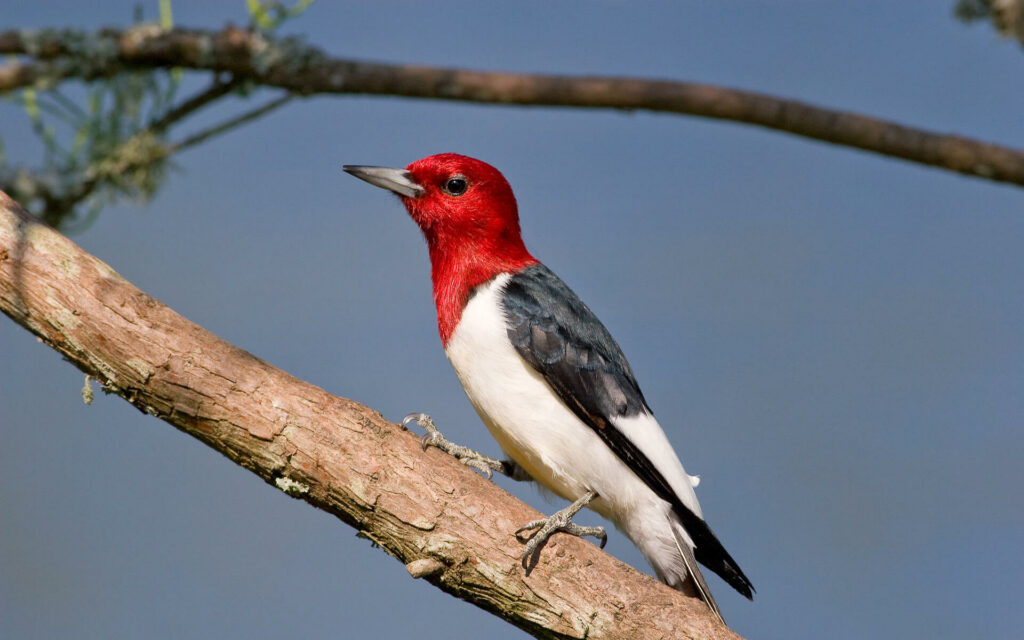
You ought to be able to locate these red-headed woodpeckers within Georgia since they are present there throughout the whole year.
Their preferred habitats are all in Georgia, so look for them there.
It is possible to recognize a red-headed woodpecker by its black and white body and wings in addition to its distinctive red head.
The bulk of their time is spent in farm areas, mature trees in cities, groves, huge dispersed trees, and orchards.
You may locate these woodpeckers in open pine forests, orchards, forest borders, and the groves of higher trees.
The food of a red-headed woodpecker comprises a broad range of insects, such as earthworms and spiders, in addition to a variety of berries, seeds, nuts, and other fruits.
Often these peckers might also consume the contents of the eggs laid by another species of bird or even tiny rodents.
In terms of its lifetime, it has been estimated that red-headed woodpeckers may survive in the wild for approximately ten years.
8. Common Redpoll

The Common Redpoll is a kind of red bird that is quite uncommon across Georgia.
In the area of Atlanta, they only have seldom been observed every few years.
The Common Redpoll is a brown and white bird with a pinkish chest color, a redhead, and brown feathers on the rest of its body.
They are more likely to be seen in the northern states during the winter, whereas the central states have fewer instances of them.
In the winter, they may sometimes dig burrows into the snow in order to maintain their body temperature during the night.
They are able to consume up to 43% of their body weight on a daily basis and have the capacity to store a maximum of two grams of seeds in a stretchable park located in their esophagus.
They may be seen eating catkins on trees or in weedy areas, but they’ll also go to feeders for tiny seeds like thistle seeds or nyjer seeds.
9. Glossy Ibis

There are permanent populations of Glossy Ibis across the majority of Georgia; nevertheless, it is possible to see a stray or two in the more northern parts of the state.
The top part of these birds’ bodies and their wings are a deeper shade of red, while the bottom part of their bodies and their wings appear black.
These birds may be identified by their red and black appearance. The majority of females have a black or deeper brown coloration.
They inhabit damp environments like swamps, lakes, and marshes, where they may be found.
When it comes to their diet, glossy ibises consume things like newts, worms, earthworms, crickets, snails, leeches, salamanders, crayfish, marine dragonflies, mollusks, frogs, fish, toads, lizards, and snakes.
They even eat fish.
In the wild, it is believed that these birds may live anywhere between 20 and 26 years.
10. Purple Finch
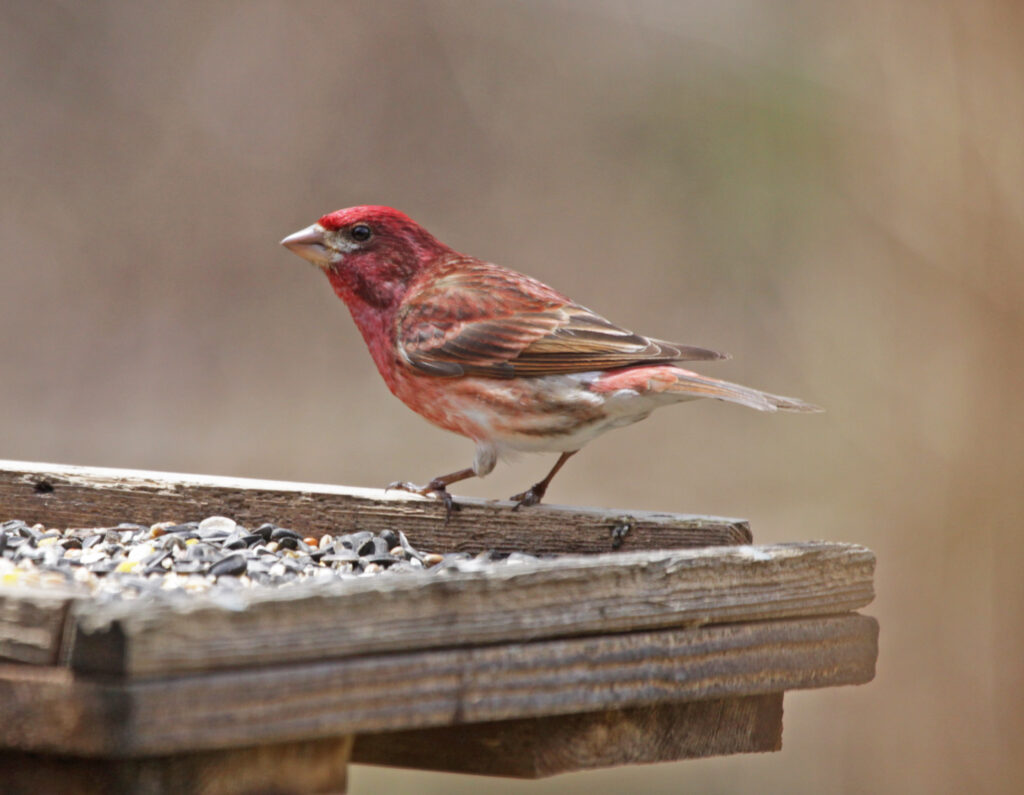
During the winter in Georgia, the Purple Finch is a red bird. It is possible to see them here from the end of October and the beginning of May, but they aren’t as abundant as House Finches.
The chest and head of a Purple Finch are a reddish-purple color, while the wings and back are darker browns in color.
Purple Finches resemble House Finches in appearance.
Although they spend the winter in the eastern states and breed across Canada, you may see them year-round in the far north and along the Pacific coast.
It is possible to find them in evergreen woods, where their diet consists not only of seeds in addition of berries, buds, and nectar.
They fly to the feeders in search of sunflower seeds with ease.
11. Ruby-Throated Hummingbird

In the event that they are in the process of reproducing, you may be able to spot ruby-throated hummingbirds throughout Georgia.
The summertime is traditionally considered to be part of this season.
It is possible to identify ruby-throated hummingbirds via their green, red, and white feathers.
The ruby-throated hummingbird’s throat is the most distinctively red area of its body, while its chest and abdomen are white in color, and its back and wings are a mint green hue.
The coloring of the females, which is mostly green and white, is much more subdued than that of the males.
Fruits, tree sap, small insects, sugar water from feeders, and of course, the nectar that is generated by blossoming flowers are all potential sources of nutrition for these winged creatures.
Hummingbirds with a ruby-throated gorget tend to congregate in areas with a greater concentration of flowers.
This is because these birds have an exceptionally high metabolic rate, which compels them to consume food on a frequent basis.
As a result, you may find them in open areas of woods, such as fields and clearings, as well as gardens and parks.
Hummingbirds are among the few types of birds that are able to not only hover but also fly in reverse, which is a fascinating feature of these little creatures.
It has been estimated that their longevity in the wild is anywhere between three to five years, with the highest lifespan ever reported being just a few months shy of seven years.
Conclusion
In conclusion, Georgia is a treasure trove of stunning red birds that captivate and enchant bird lovers.
From the fiery Cardinal to the regal Vermilion Flycatcher, each species brings its own unique beauty to the state.
Whether you’re a seasoned birder or a beginner, taking the time to appreciate these magnificent creatures will deepen your love and appreciation for nature.
So next time you’re in Georgia, be sure to keep an eye out for these 11 types of red birds and their breathtaking displays of color.
FAQ
What are some common types of red birds in Georgia?
Some common types of red birds in Georgia include the Northern Cardinal, Summer Tanager, Scarlet Tanager, and the Eastern Bluebird.
How can I identify red birds in Georgia?
You can identify red birds in Georgia by their distinctive red plumage, the shape of their beaks, and the patterns on their feathers. You can also look for specific behaviors, such as their calls and mating displays, to differentiate between different species.
Where is the best place to see red birds in Georgia?
The best places to see red birds in Georgia include parks, gardens, forests, and wetlands. Some popular birding hotspots include the Okefenokee National Wildlife Refuge, Jekyll Island, and Callaway Gardens.
When is the best time to see red birds in Georgia?
The best time to see red birds in Georgia is during the spring and summer months when they are actively breeding and singing. These are also the months when their plumage is the most vibrant.
How do red birds play a role in the ecosystem in Georgia?
Red birds play a crucial role in the ecosystem in Georgia as pollinators, seed dispersers, and insect predators. They also help to maintain a healthy balance in the food chain by providing food for other animals, such as snakes, raccoons, and other birds of prey.
Last Updated on March 22, 2023 by Lily Aldrin
